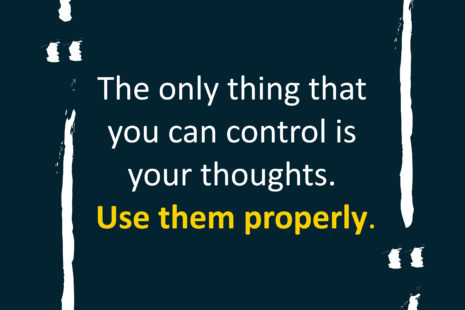Proving burnout in the workplace can be challenging due to its subjective nature and the overlap with other mental health conditions. Obtaining support, accommodations, or benefits.
Here are steps you can take to document and demonstrate burnout…
1. Understand the Symptoms
Three main dimensions characterize burnout
- Emotional exhaustion – Feeling drained and fatigued, unable to face the job demands.
- Depersonalization – Developing a cynical attitude towards the job and the people it involves.
- Reduced personal accomplishment – Feeling ineffective and dissatisfied with one’s achievements at work.
2. Seek Medical or Psychological Evaluation
Consult a healthcare professional who can assess your symptoms and provide a formal diagnosis or evaluation. Medical documentation is crucial in proving burnout, especially if you need to request workplace accommodations or file for disability benefits.
3. Document Your Symptoms and Triggers
Keep a detailed record of your symptoms, including their frequency, severity, and impact on your daily life and work performance. Also, note specific workplace conditions or incidents that exacerbate your symptoms, such as excessive workload, lack of support, or toxic work environment.
4. Collect Evidence of Workload and Conditions
Gather emails, work schedules, project timelines, and any other documentation that shows excessive work hours, unrealistic deadlines, or lack of resources and support. This evidence can help demonstrate the work conditions contributing to your burnout.
5. Record Changes in Work Performance
Document any feedback or performance reviews that may indicate a decline in your work quality or productivity, especially if it correlates with the increase in stress or burnout symptoms. Also, note any accolades or positive reviews prior to the onset of burnout to illustrate the contrast in performance.
6. Seek Witness Statements
If colleagues, supervisors, or subordinates are willing and able to provide statements or testimonials about your work conditions, workload, behavior, and any changes they’ve observed, these can support your case.
7. Review Your Employment Rights
Familiarize yourself with local and national labor laws, including those related to workplace health and safety, disability accommodations, and mental health protections. Knowing your rights can help you navigate requests for accommodations or leaves of absence.
8. Consult with HR or a Legal Professional
Discuss your situation with your company’s human resources department and consider consulting with a legal professional who specializes in employment law. They can advise on the best course of action, whether it’s seeking accommodations, taking medical leave, or exploring other legal remedies.
9. Official Requests for Accommodations
If you’re seeking workplace accommodations, make your request in writing, detailing the specific changes you believe would help manage your burnout symptoms. Use the documentation you’ve gathered as supporting evidence for your request.
10. Consider Privacy and Confidentiality
When sharing information about your health, consider the privacy implications and share only with those who need to know, like HR or your direct supervisor, especially when formalizing requests for accommodations.
Proving burnout requires a combination of medical evidence, documentation of work conditions, and an understanding of legal protections. It’s a process that necessitates sensitivity and attention to both personal well-being and professional obligations.







